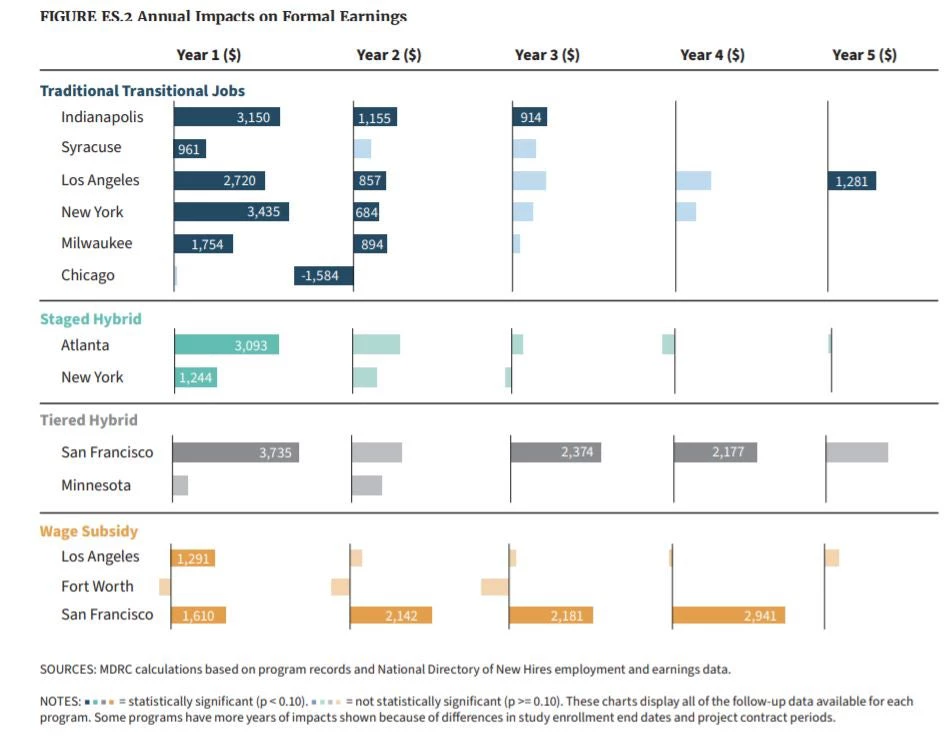· Wayne Ma on TheInformation.com has a fascinating article on the challenges of shifting supply chains from China to India – discussing the problems with regulatory barriers, less developed manufacturing structures, protectionist trade policies, and finding suppliers who can satisfy producer standards for health, safety and the environment – illustrated through Apple’s efforts in trying to make iPhones in India (h/t @raffasadun).
· Of extra interest these days: lessons from hosting a virtual conference for over 150 people from the Tax Justice Network.
· In Science this week, overcoming obstacles to experiments in legal practice
· On The Marker, Stefan Thomke writes A Smarter Way to Run Business Experiments – with examples of ways U.S. companies have used experiments, and things to watch out for. E.g. he gives the example of Cracker Barrel Old Country Store installing LED lights and finding customer traffic dropped – but delving into this and finding it was because store owners had not followed company lighting policy in the status quo, so that the new lights actually made the store porches dimmer, not brighter, leading some customers to think they were closed.
· Hannah Baron and Lauren Young on methods to increase the transparency of research ethics in violent contexts “The overarching logic behind many of these suggestions is to make research ethics more transparent and empirical, so that it becomes a more standard part of the review process and is seen as a rich area for additional methodological research…The first shortcoming of existing practices that we think can be addressed with better practices is the transparency of risk assessments…Risk assessments rarely make it into articles or even online appendices….If scholars begin to expect that they will need to document such risk assessments in publications (and not just in IRB applications, which are almost never made public) it could create incentives for more thorough and accurate assessments of risks.” The piece also discusses measuring and mitigating the risk of distress and negative psychological outcomes; doing more to assess the adequacy of the consent process (e.g. , “in our research we have simply asked participants if they are happy or unhappy that they consented to participate in the research at various points in the study process, and what they are happy or unhappy about”) and monitoring the actual incidence of potential risks (such as retribution) (e.g. we explicitly asked participants whether they experienced retaliation, emotional distress, or any other negative consequence due to participation in discussion groups on crime and responding to crime). (h/t graemedblair).
· MDRC Synthesis paper summarizing 13 randomized experiments of subsidized job programs to help disadvantaged job seekers in the U.S.: “Though participation in subsidized employment varied widely across the 13 programs studied, almost all the programs improved employment and earnings in the first year after study enrollment, and about half maintained those impacts through the second year. Four programs sustained earnings improvements beyond the second year…One program’s benefits outweighed its costs from society’s perspective — that is, taking into account benefits and costs to the government, participants, and in this program’s case, the victims of crimes committed by study sample members. Three other programs resulted in earnings increases that persisted throughout the extended follow-up period and exceeded the programs’ net costs, so those programs’ benefits may have also outweighed their costs from society’s perspective. However, it is unlikely that any of the programs saved the government money.” This figure summarizes the impacts:



Join the Conversation